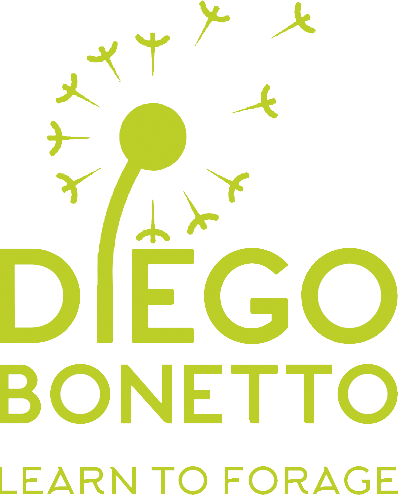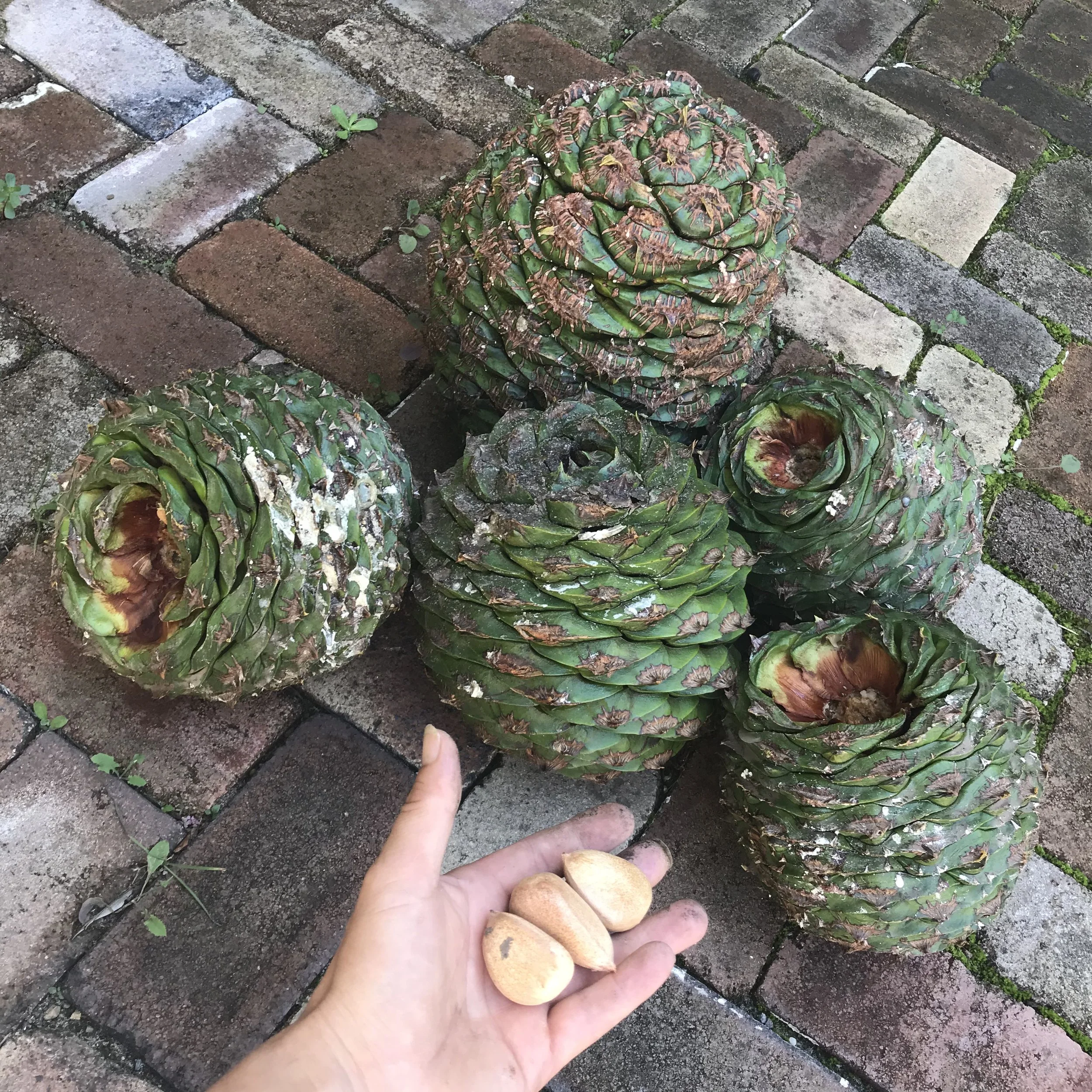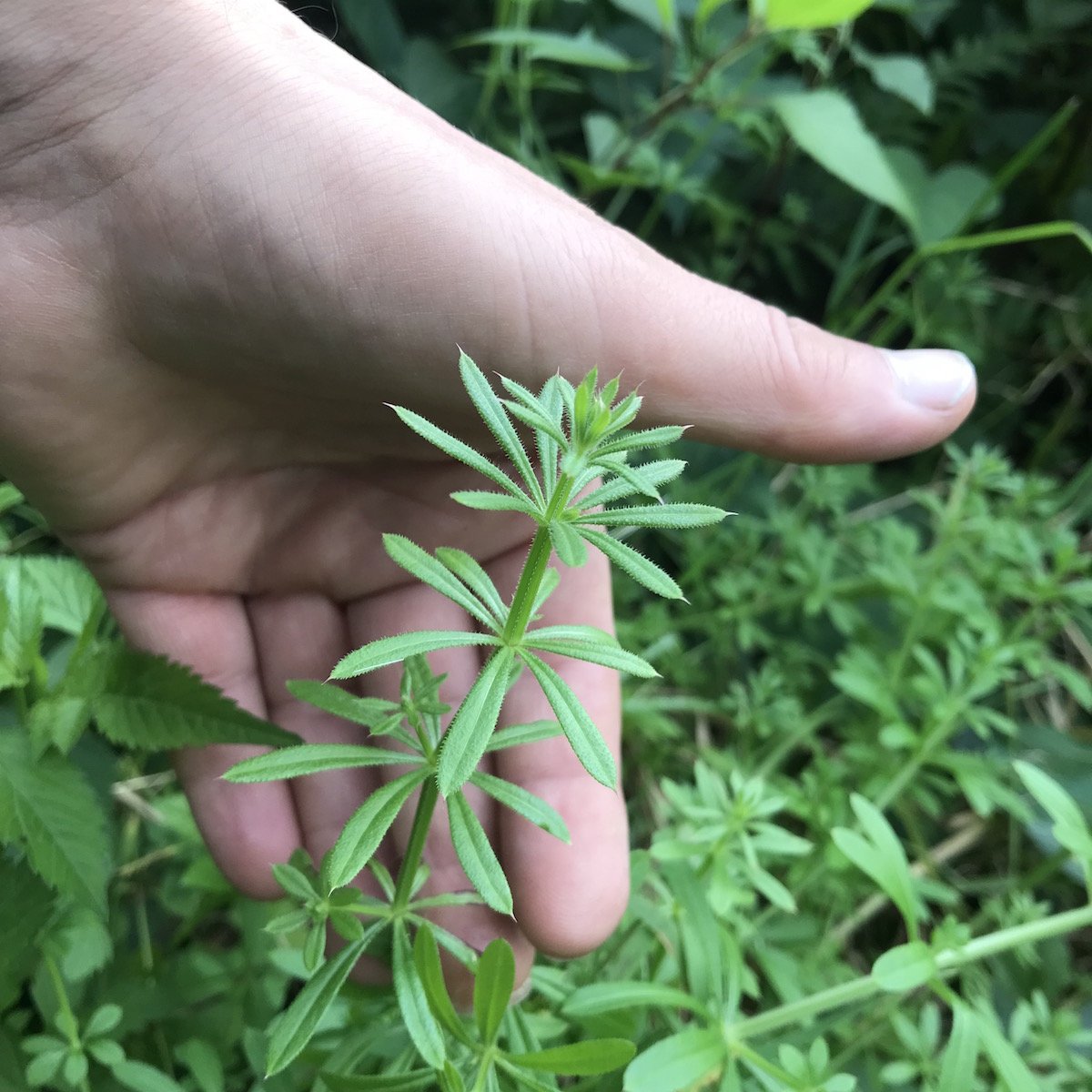Bulrushes is one of the most ancient food plant used by humans all over the world.
Is it time to rediscover this nutritious plant?
Bunya nuts are falling from trees right now. Where to get them, how to prepare them, and the cultural value of such ancient resources.
Read MoreIt’s springtime and the country roads of southeast Australia are lined with yummy wild asparagus.
Better be quick!
Read MoreMagnolia flowers are edible, yummy and available everywhere at the moment. Read the guide on how to, find, cook and eat them.
Read MoreSea lettuce is a common edible seaweed of coastal Australia and elsewhere in the world. Learn how to identify, harvest, cook and eat this nutritious coastal delicacy.
Read MorePink peppercorns are growing on trees all over southern Australia. They are easy to identify and is a free source of spice. Yum!
Read MoreThe country roads of southeastern Australia are lined with feral plums in summer. Go for a drive and get yourself some wild food, make jam and rejoice in the abundance of nature.
Read MoreCleavers cling to you, and you can eat them too.
Learn about this amazing wild plant useful for food and medicine
Gardening Australia segment on how to forage for edible weeds. They are yummy!!
Read MoreTo all the people who love some spice in their lives, this one is for you. Beach mustard is a wild green that commonly grows on sand dunes and beaches in most of the coastal areas of Australia. This wild plant has a remarkable spicy-salty taste and is easy to spot due to its resemblance to a succulent rocket plant.
Read MoreSome plants are just misunderstood. We think of them as a nuisance, growing out of the cracks in our pathways and becoming the curse of our perfect patios. And yet some pesky weeds are actually edible, nutritious and a much-celebrated food in many cultures. There’s no better example than purslane - Portulaca oleracea - a common edible weed that’s about to invade your garden over the coming months.
Read MoreWild lettuce is regarded as the wild counterpart of the commercial lettuce you can buy at the supermarket. Although it is far more bitter than cultivated lettuce, it has greater nutritional and medicinal qualities.
Read MoreAn Aboriginal friend of mine taught me a great camping hack with nettle. You collect the plant, stalk and all (use gloves or a rolled-up shirt) and place the branches on stones near a fire. They will cook in the heat, neutralising the sting and turning into excellent nettle chips. All you need is nettle, fire, and salt.
Read MoreRambling dock (AKA Turkey rhubarb) is a common weed on the east coast of Australia. It is also edible and yummy.
Read MoreMadeira vine is a weed of biblical proportions. It is also edible and medicinal.
Read MoreAll hail flatweed, the wonderful edible weed. This plant is easy to recognise and grows in abundance
Read MoreJack Revell goes foraging for wild mushrooms to find more than he expected and how a pandemic brought us all out.
Read MoreWeeds. Why do we hate them so much? Is it because we fear them? Is it any use to treat all uninvited plants equally? What happened that we can no longer share the earth with other species?
Read MoreIt is wild fennel time! This wonderful plant provides for greens in springtime, flowers in summer and coming up the fully formed seeds. Easy to identify through the distinctive scent, go get foraging!
Read MoreRobinia flowers are edible, their aroma is divine, and they are all over Temperate Australia right now.
Check your hood as you might be missing out!





















